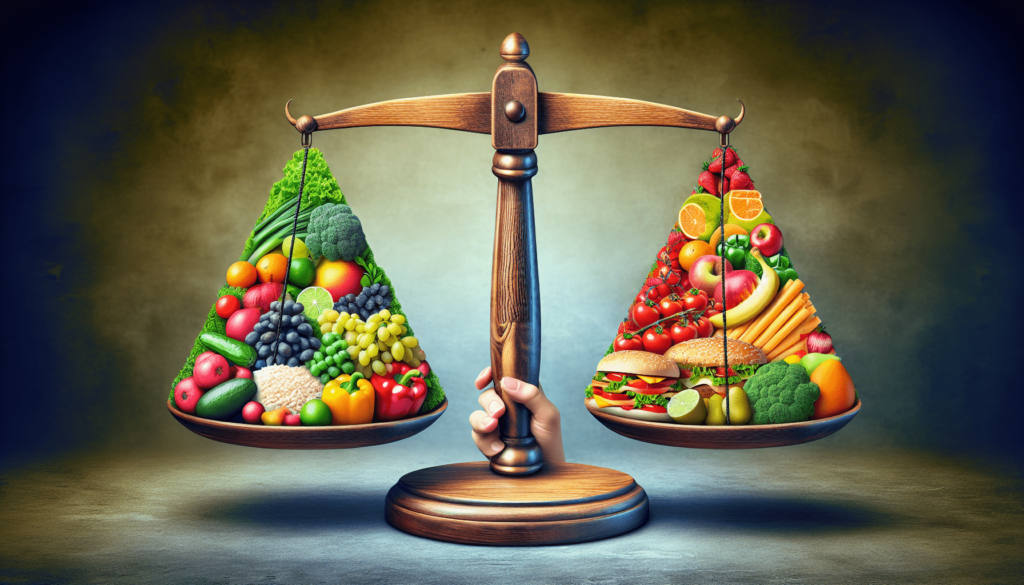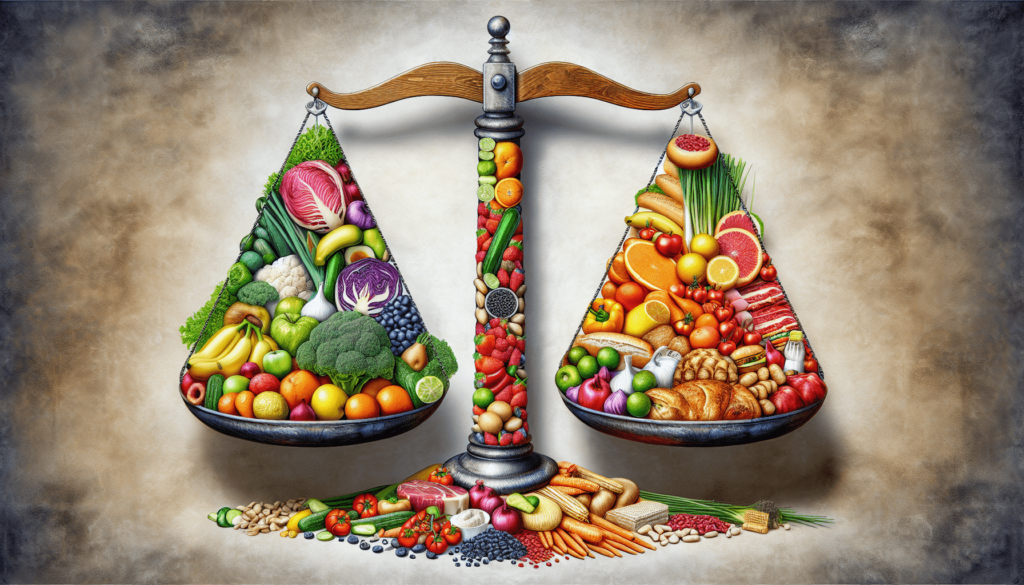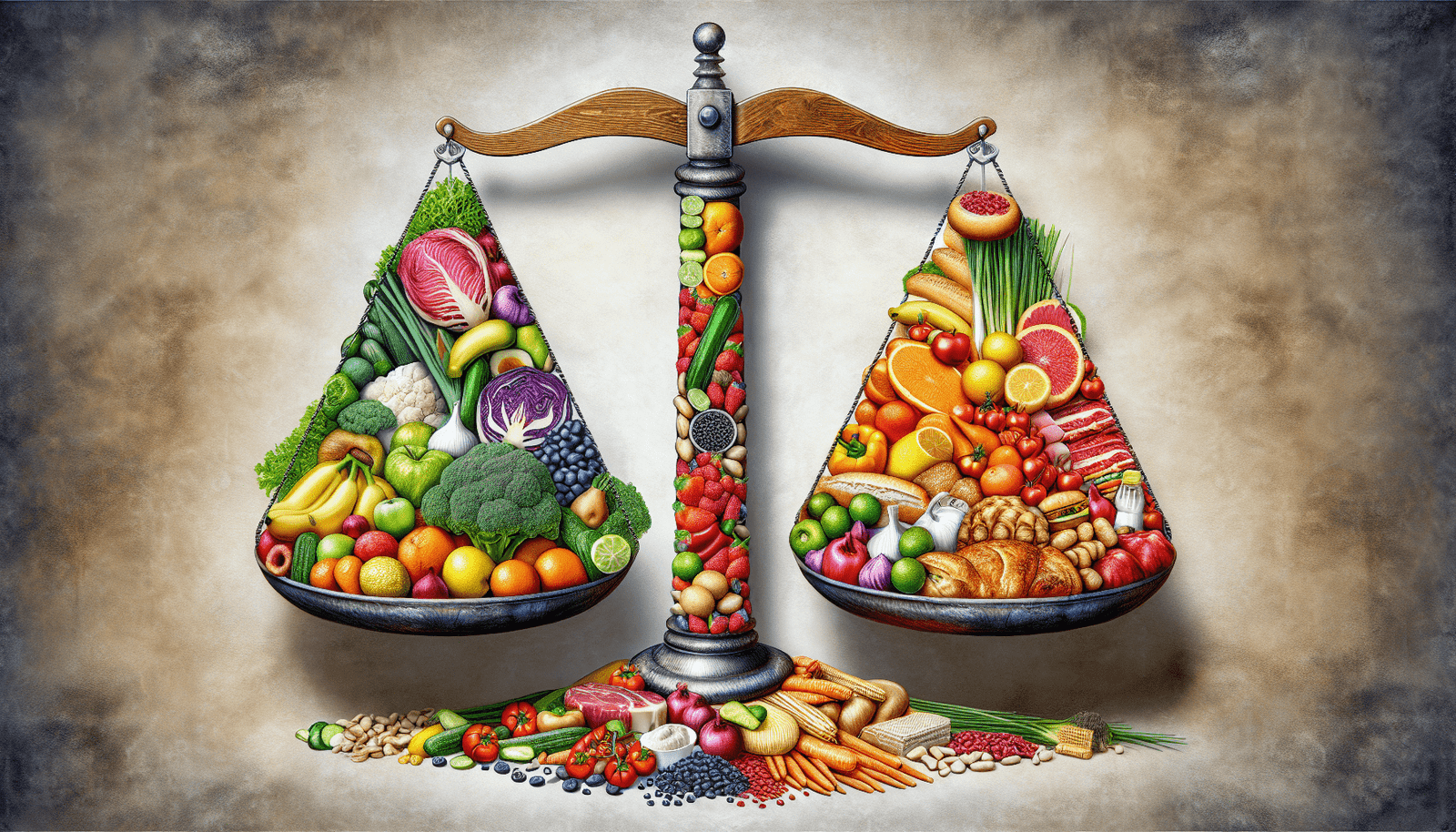Have Questions About the Atkins Diet? We’ve Got Answers!
If you’ve been considering trying the Atkins Diet or are just curious about how it works, you’re in the right place. In this article, we’ll dive deep into the pros and cons of the Atkins Diet to help you make an informed decision. Let’s get started!

What is the Atkins Diet?
The Atkins Diet is a low-carb diet that was created by Dr. Robert Atkins in the 1970s. The main premise of the diet is to reduce your carbohydrate intake and replace it with protein and healthy fats. This puts your body in a state of ketosis, where it burns fat for fuel instead of carbohydrates.
Pros of the Atkins Diet
1. Effective for Weight Loss
One of the biggest advantages of the Atkins Diet is its effectiveness for weight loss. By drastically reducing your carbohydrate intake, your body enters a state of ketosis, where it burns stored fat for energy. This can lead to rapid weight loss, especially in the initial phases of the diet.
2. Improved Blood Sugar Control
Another benefit of the Atkins Diet is improved blood sugar control. By cutting out high-carb foods, you can stabilize your blood sugar levels and reduce insulin spikes. This can be particularly beneficial for those with diabetes or insulin resistance.
3. Reduced Cravings
Many people find that the Atkins Diet helps to reduce cravings for sugary and high-carb foods. By consuming more protein and healthy fats, you may feel more satisfied after meals and less likely to reach for unhealthy snacks.

Cons of the Atkins Diet
1. Nutrient Deficiencies
One potential downside of the Atkins Diet is the risk of nutrient deficiencies. Since you’re cutting out many fruits, vegetables, and whole grains, you may miss out on important vitamins and minerals. It’s crucial to carefully plan your meals and consider supplementation.
2. Initial Side Effects
When starting the Atkins Diet, some people experience what’s known as the “keto flu.” This can include symptoms like headaches, fatigue, and dizziness as your body adjusts to burning fat for fuel. These side effects are typically temporary, but they can be uncomfortable.
3. Sustainability
The Atkins Diet can be challenging to sustain in the long term, especially for those who love their carbs. It requires strict adherence to the low-carb guidelines, which can be difficult for some people to maintain over time. It’s essential to consider whether this diet is a realistic and sustainable option for you.
How to Get Started with the Atkins Diet
If you’re interested in trying the Atkins Diet, here are some tips to help you get started:
-
Choose Your Carbs Wisely: Focus on whole, nutrient-dense sources of carbohydrates like vegetables, nuts, and seeds.
-
Include Protein at Every Meal: Protein is an essential component of the Atkins Diet, so be sure to include it in all your meals and snacks.
-
Stay Hydrated: Drink plenty of water to stay hydrated and support your body’s natural detoxification processes.
-
Monitor Your Intake: Keep track of your carbohydrate intake and adjust as needed to stay in ketosis.
-
Consult with a Healthcare Professional: Before starting any new diet, it’s a good idea to consult with a healthcare professional or registered dietitian to ensure it’s safe and appropriate for you.
Final Thoughts
The Atkins Diet can be an effective way to jumpstart weight loss and improve blood sugar control, but it may not be suitable for everyone. It’s essential to weigh the pros and cons carefully and consider your own health goals and lifestyle before starting any new diet. If you’re unsure whether the Atkins Diet is right for you, don’t hesitate to seek guidance from a healthcare professional. Remember, everyone’s body is different, so what works for one person may not work for another. Good luck on your health journey!

